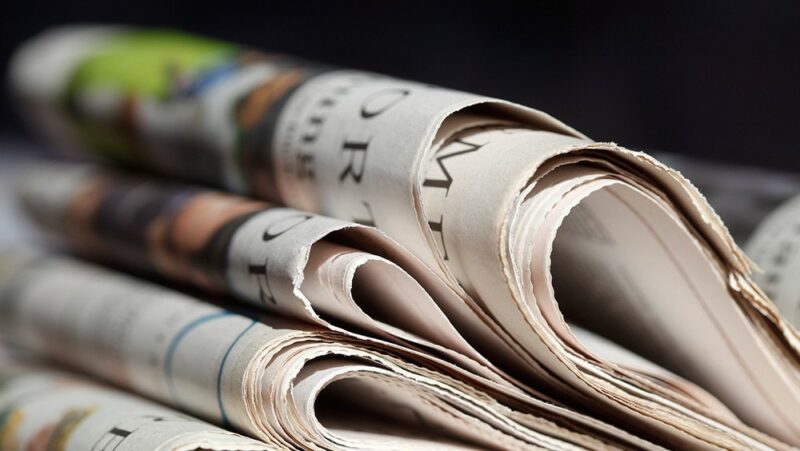13 Women’s Rights Activists Who Embodied the Power of the First Amendment
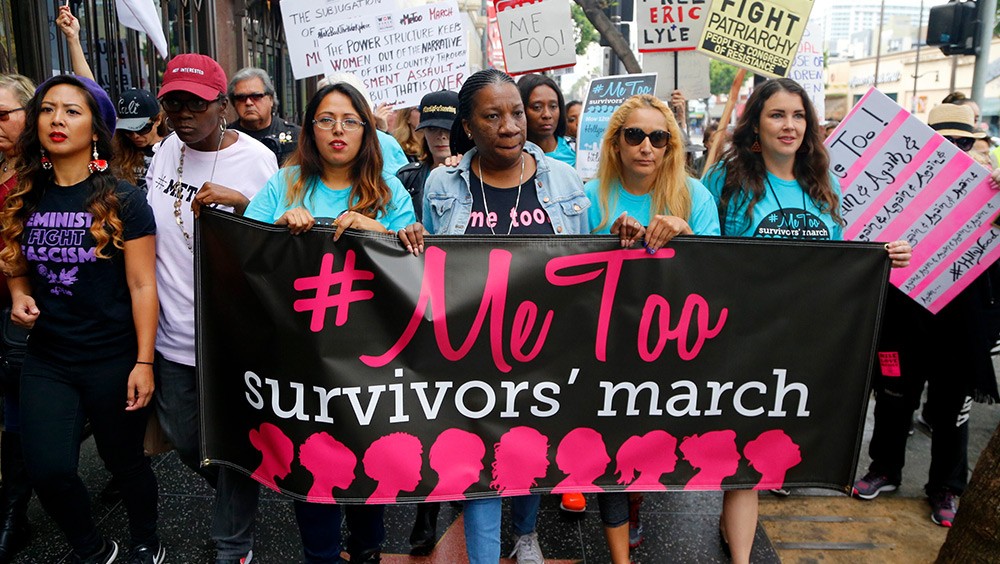
Women's rights activists past and present have used their First Amendment freedoms in pursuit of women’s rights.
From the right to vote to equality in the workplace and everything in between, we highlight over a dozen women’s rights activists who have used the freedoms of religion, speech, press, assembly and petition to advocate for change.
Discover 13 women's rights activists from throughout history
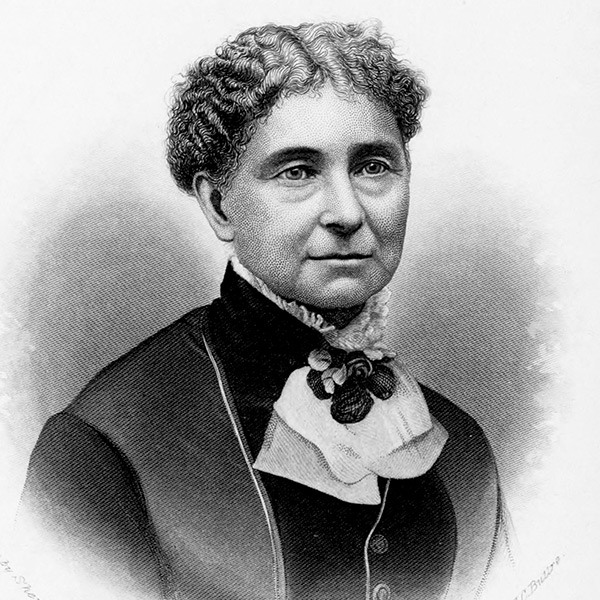
Amelia Jenks Bloomer
Amelia Jenks Bloomer (1818-1894) | Suffragist and temperance activist
Bloomer is known for using her freedom of expression and speech to wear and promote bloomers, pants that became a symbol of the women’s rights movement.
She exercised freedom of the press when she wrote and edited The Lily, a newspaper for and by women. And she used her right to assembly when she attended the 1848 Seneca Falls, New York, convention on women’s rights and later as president of the Iowa Suffrage Association.
In addition to being a women’s rights activist, she advocated for a ban on alcohol and the abolition of slavery.
“Woman is beginning to understand, and man is beginning to acknowledge, the true position which she should occupy.” – Amelia Jenks Bloomer in a speech on July 4, 1853
Elizabeth Cady Stanton (1815-1902) | Suffragist
Stanton was one of the organizers of early women’s rights conventions in 1848 in Seneca Falls and Rochester, New York, exercising freedom of assembly to organize activists. Later, at the celebration of the United States’ 100th birthday in Philadelphia, Stanton organized a protest.
Known as a speaker and writer, she exercised the freedoms of speech and the press to work with other women to write speeches, articles, essays and draft legislation.
Stanton petitioned New York for women’s rights laws. She also testified before Congress, advocating for a federal law she helped draft for suffrage, women’s right to vote.
“We have every qualification required by the Constitution, necessary to the legal voter, but the one of sex.” – Elizabeth Cady Stanton in a speech to the New York Legislature on Feb. 14, 1854
Allies at Seneca Falls Women’s Rights Convention
The 1848 Women’s Rights Convention in Seneca Falls, New York, kicked off the movement for women’s right to vote. The women's rights activists and organizers also included 32 men. Suffragist leader Lucretia Mott’s husband, James Mott, helped organize and served as chair of the convention. Organizer Susan B. Anthony’s father Daniel Anthony attended and later signed the group’s Declaration of Sentiments. Abolitionist and orator Frederick Douglass attended and signed the group’s Declaration of Sentiments. Douglass called for voting rights for people of any race and gender. Anthony and Stanton later opposed the 15th Amendment protecting the vote for African American men before it was ensured for women. It was ratified in 1870. Women would not secure the nationwide right to vote until 1920 when the 19th Amendment became law.
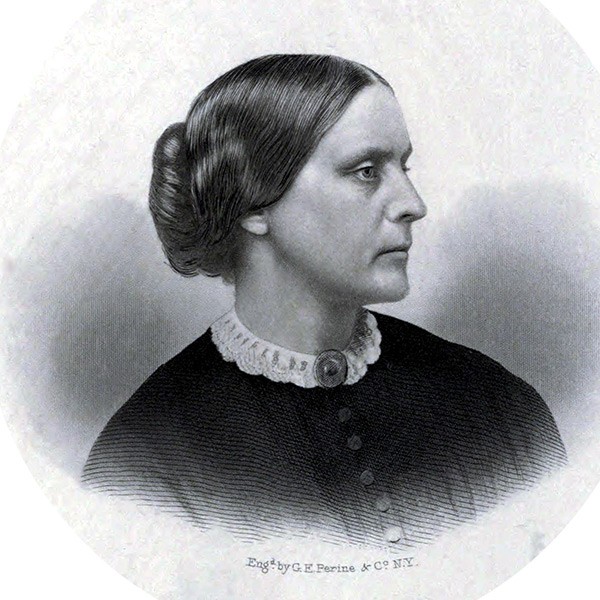
Susan B. Anthony
Susan B. Anthony (1820-1906) | Suffragist and civil rights activist
Anthony was raised a Quaker, and her religious upbringing helped inform her views against alcohol and slavery and in support of women’s rights. She and Stanton traveled the country together speaking out for women’s suffrage and assembling women activists.
In 1872, she was arrested for attempting to vote in the presidential election.
In a separate case, Virginia Minor was also barred from registering to vote. Her husband, lawyer Francis Minor, argued for her right to vote, but eventually lost at the U.S. Supreme Court. As Minor’s case worked through the courts, Anthony was not required to pay the fine she was issued.
Anthony exercised the right to petition when she testified to Congress each year for more than 30 years. In 1877, she brought petitions supporting women’s suffrage from 26 states to Congress, but they were rejected.
In 1979, Anthony became the first woman featured on a U.S. coin.
Allies at The Revolution newspaper
The Revolution, a New York newspaper started in 1868 by Susan B. Anthony and edited by Elizabeth Cady Stanton, offered coverage of the suffrage movement.
The newspaper’s motto was “Men, their rights, and nothing more; women, their rights, and nothing less.” Anthony and Stanton found support for their newspaper focused on women’s issues from wealthy investor and travel writer George Francis Train, who helped fund and write for the two-year project. Parker Pillsbury, a preacher forced to leave his church over his anti-slavery views, was a co-editor of The Revolution and later a leader in women’s rights organizations.
Ida B. Wells-Barnett (1862-1931) | Journalist and activist for anti-racism and suffrage
Wells exercised press freedom as a journalist and her freedoms of assembly and petition as an advocate for gender and racial equality. When her Memphis, Tennessee, newspaper press was burned and she continued to be threatened, she moved to Chicago.
She marched in the 1913 women’s suffrage parade in Washington, D.C., with the Illinois delegation. She did so despite organizers discouraging African American women from participating and asking them to march at the back of the parade.
As an activist, she encouraged white women to speak out against lynching and for racial equality as well as women’s rights.
“The way to right wrongs is to turn the light of truth upon them.” — Ida B. Wells-Barnett
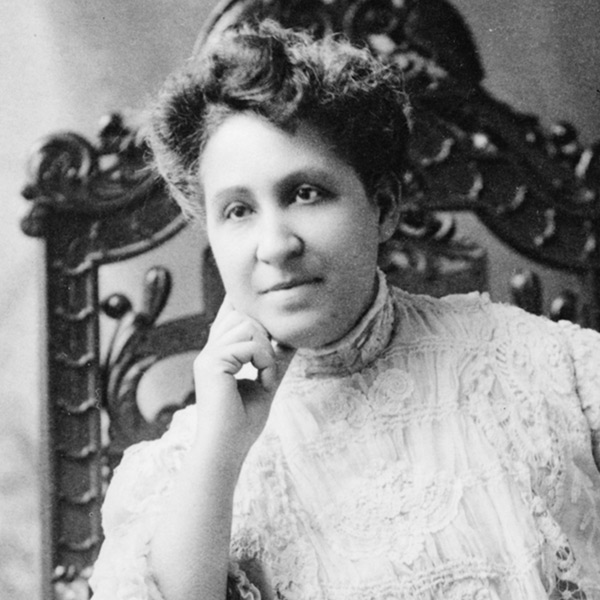
Mary Church Terrell
Mary Church Terrell (1863-1954) | National Association of Colored Women president, anti-racism advocate, suffragist
Terrell’s motto was “Lifting as we climb.”
Her advocacy for racial and gender equality was based on community activism. She exercised her First Amendment freedom of assembly to organize African American women, helping found the National Association of Colored Women and the organization that is now the American Association of University Women.
Terrell also petitioned for change when she joined Ida B. Wells-Barnett in an anti-lynching campaign and when she picketed the White House for women’s rights with the National Women’s Party.
Alice Paul (1885-1977) | Suffragist, women’s march organizer
Paul was raised in the Quaker tradition, like many women’s rights activists. Her style of activism included hunger strikes and more than two years of picketing outside the White House. By 1913, women could vote in some states, but Paul wanted change at the federal level. She planned the 1913 Woman Suffrage Parade in Washington, D.C.
She founded the National Women’s Party and lived at its headquarters on Capitol Hill, exercising the freedoms of assembly and petition to push for national change. After the 19th Amendment guaranteed women the right to vote, Paul drafted the Equal Rights Amendment proposed in 1921 to further protect women’s rights.
In her later years, she advocated for the Civil Rights Act of 1964 to include protections from discrimination based on sex.
Betty Friedan (1921-2006) | Author, National Organization for Women co-founder
Friedan is sometimes called the mother of the modern women’s rights movement. After spending time as a reporter and homemaker, she researched middle class women in the home and wrote the 1963 book “The Feminine Mystique.” The book spurred conversation about the role of women at home and at work.
She exercised the freedoms of assembly and petition to help create groups like the National Organization for Women and advocate for gender equality in the workplace.
Friedan helped organize the Women’s Strike for Equality to protest discrimination on Aug. 26, 1970, the 50th anniversary of the 19th Amendment’s certification, ensuring women’s right to vote.
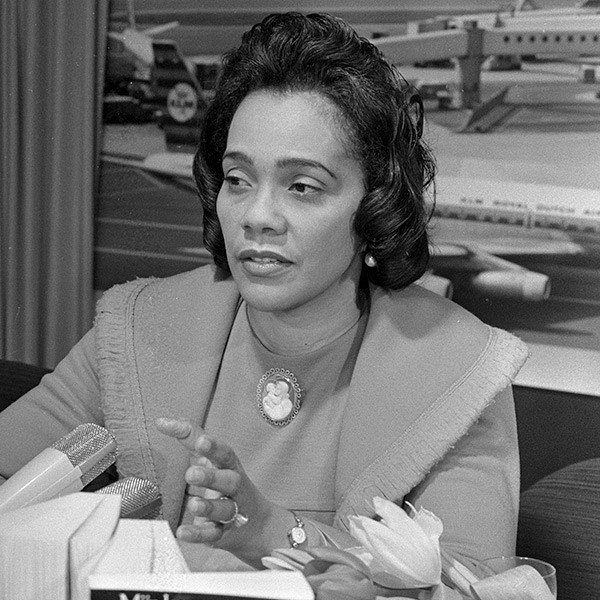
Coretta Scott King
Coretta Scott King (1927 – 2006) | Civil rights activist
Scott King’s childhood home and her father’s business were both burned in racial violence. Those attacks spurred her to a lifetime of civil rights activism practicing the freedoms of religion, speech, assembly and petition.
She helped write sermons and organize nonviolent protests with her husband the Rev. Dr. Martin Luther King Jr. In 1962, she assembled with other activists in the Women’s Strike for Peace.
Organizers did not permit her to attend the 1963 March on Washington where her husband gave his famous “I Have a Dream” speech, and she criticized the Civil Rights Movement for often excluding women.
Echoing the violence of her youth, she survived a bombing of the home she shared with King.
After King was assassinated, she carried on civil rights activism for the May 1968 Poor People’s Campaign where she participated in Mother’s Day demonstrations.
Her lifelong advocacy included speaking out for peace, LGBTQ+ rights and women’s rights.
Dolores Huerta (1930- ) | National Farm Workers Association co-founder, labor activist
Huerta was one of the few women leaders in the labor movement. She became an activist for farm workers, petitioning for the passage of the 1975 Agricultural Labor Relations Act. She challenged gender discrimination in the labor movement and helped found the Coalition of Labor Union Women, exercising freedom of assembly to organize women laborers.
She encouraged voter registration, particularly in Spanish-speaking communities. She advocated for insurance, healthcare and childcare for women workers.
Huerta spent two years traveling the country encouraging Latinas to run for elected office. In 2012, Huerta was awarded the Presidential Medal of Freedom.
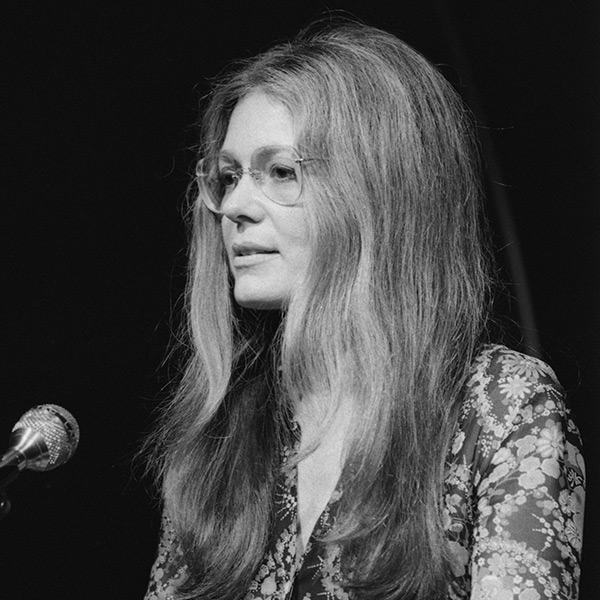
Gloria Steinem
Gloria Steinem (1934- ) | Political writer, feminist organizer
Steinem continued the legacy of her grandmother Pauline Perlmutter Steinem’s activism in the women’s suffrage movement by speaking, writing, assembling and petitioning for women’s rights.
As a journalist, Steinem advocated for opportunities for women to write about politics. She co-founded New York magazine and, later, Ms. magazine.
In addition to practicing press freedom, she assembled women to petition for change as co-founder of the Women’s Action Alliance, National Women’s Political Caucus, Women’s Media Center, Voters for Choice, Choice USA and other organizations.
Through speaking and reporting on social issues, grassroots activism and leading marches for women’s rights, Steinem pushed for change.
In 2013, she received the Presidential Medal of Freedom.
Isabel Allende (1942- ) | Author, philanthropist
Allende was born in Chile and lived around the world working as a journalist and writer before settling in the United States.
She has written more than 20 books including novels and memoirs. Many of her books feature women who face barriers and discrimination based on gender. In her memoir “The Soul of a Woman,” Allende wrote, “When I say that I was a feminist in kindergarten, even before the concept was known in my family, I am not exaggerating.”
Allende created a foundation and a women’s rights magazine both in honor of her late daughter. Paula, who died at age 29, was an active volunteer. The foundation aimed at empowering women and girls.
“Little by little, women are chipping away the patriarchy.” — Isabel Allende in a Dec. 2021 interview with The New York Times
Wilma Mankiller (1945-2010) | First woman chief of a major Native tribe, former Freedom Forum trustee
In 1985, Mankiller was elected the first woman principal chief of the Cherokee Nation. She served in the role for 10 years. Through her tenure, and her life, she focused on community development.
She worked to build her nation’s relationship with the federal government, increase its self-governance and ensure education and healthcare for her nation.
In 1987, she was named Ms. magazine’s Woman of the Year, and in 1998, she received the Presidential Medal of Freedom.
The Wilma Mankiller Foundation continues to support education and women’s leadership for Native peoples.
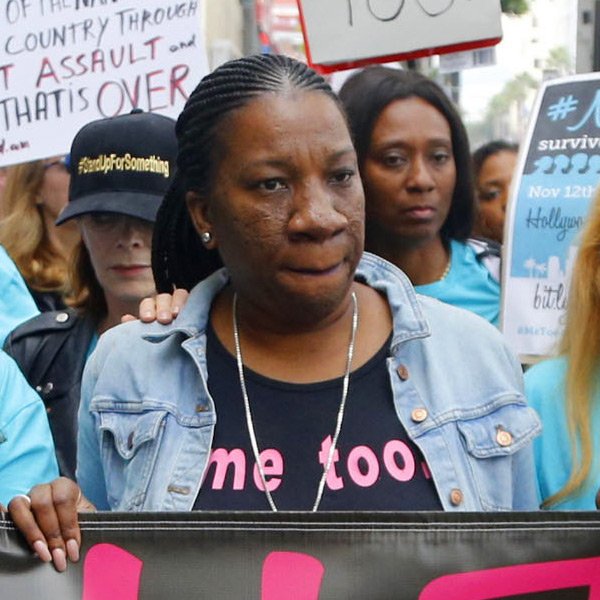
Tarana Burke
Tarana Burke (1973- ) | #MeToo Movement founder, 2019 Freedom Forum Free Expression Award honoree
Burke became an activist and community organizer as a teenager. She focused on women and girls who had experienced sexual violence.
She created the #MeToo Movement, inspired by a 13-year-old girl she met as a camp counselor who approached Burke privately to share her story of sexual abuse. Burke recalled that she could not bring herself to tell the girl that she too, was a victim of sexual violence.
The phrase became a viral social media hashtag in 2017 following news of sexual abuse by prominent men in the media and entertainment industries. Around the world, tens of millions of women and men shared their stories on social media using the hashtag “MeToo.” Burke harnessed the worldwide attention #MeToo received to create a global community to help survivors of sexual violence heal. In 2017, Burke was among the people dubbed “The Silence Breakers” who were named Time magazine’s Person of the Year, and in 2018, Burke was named one of Time’s “100 Most Influential People.”
Marion County Record Newspaper Raid Should Concern Us All
Related Content
2025 Al Neuharth Free Spirit and Journalism Conference
All-Expenses-Paid Trip To Washington, D.C.
June 22-27, 2025
Skill-Building
Network Growing
Head Start On Your Future

